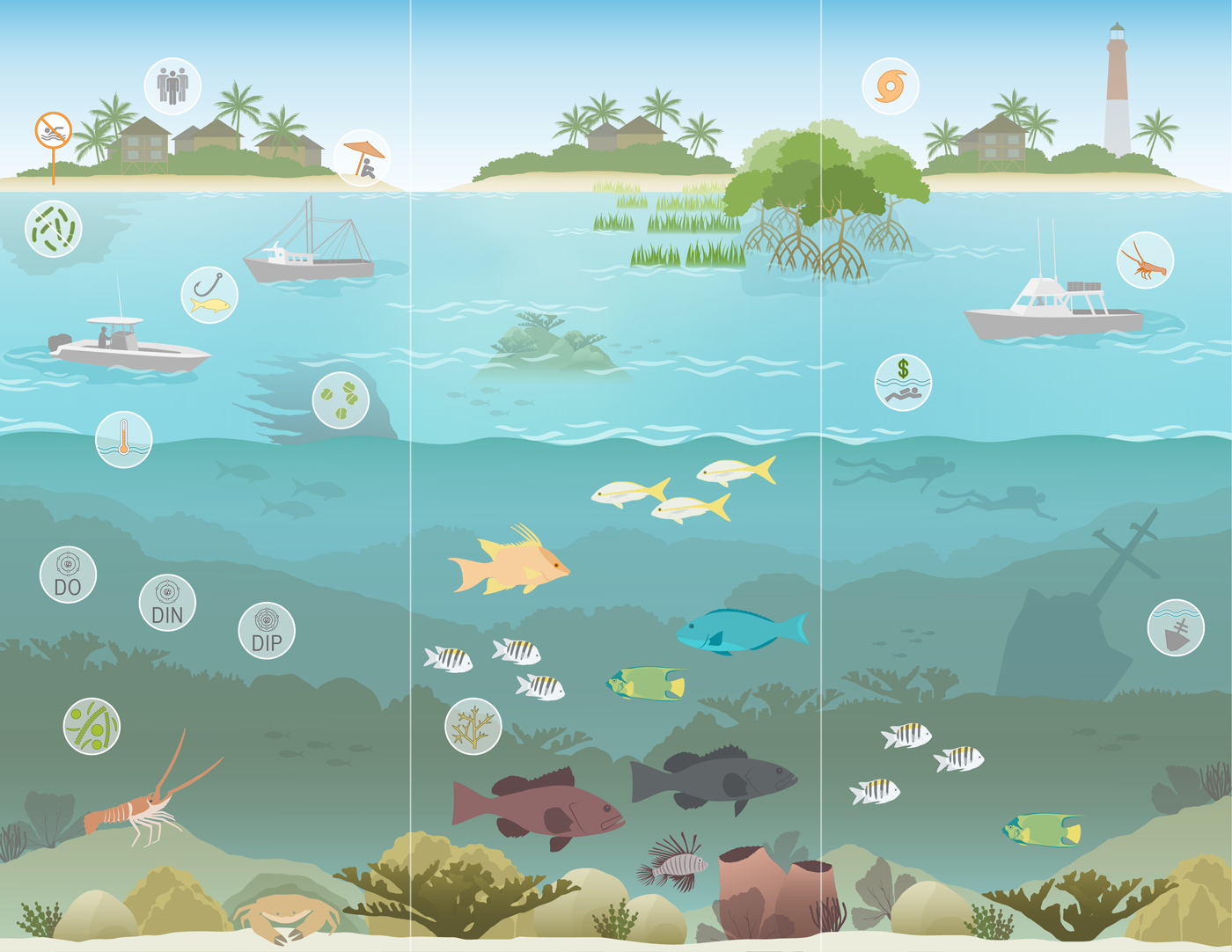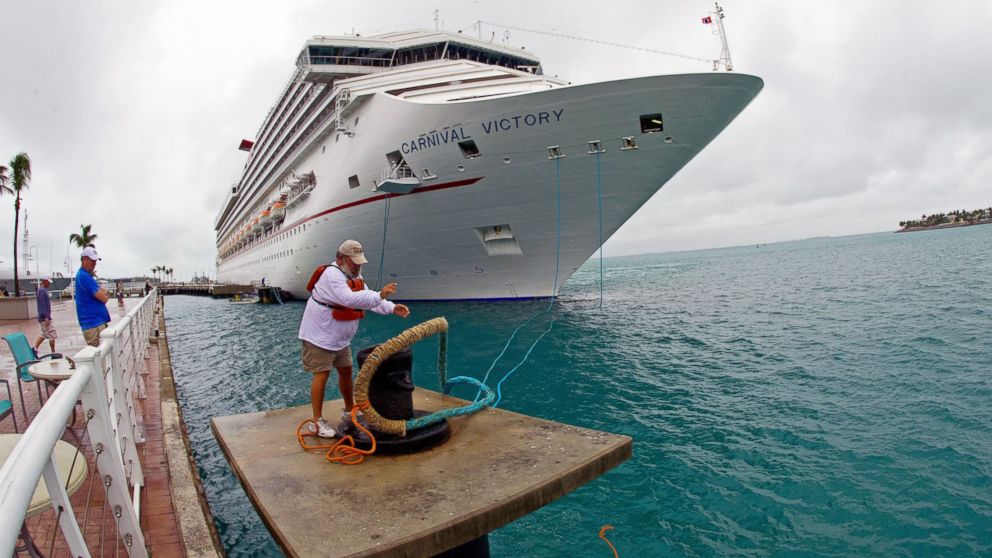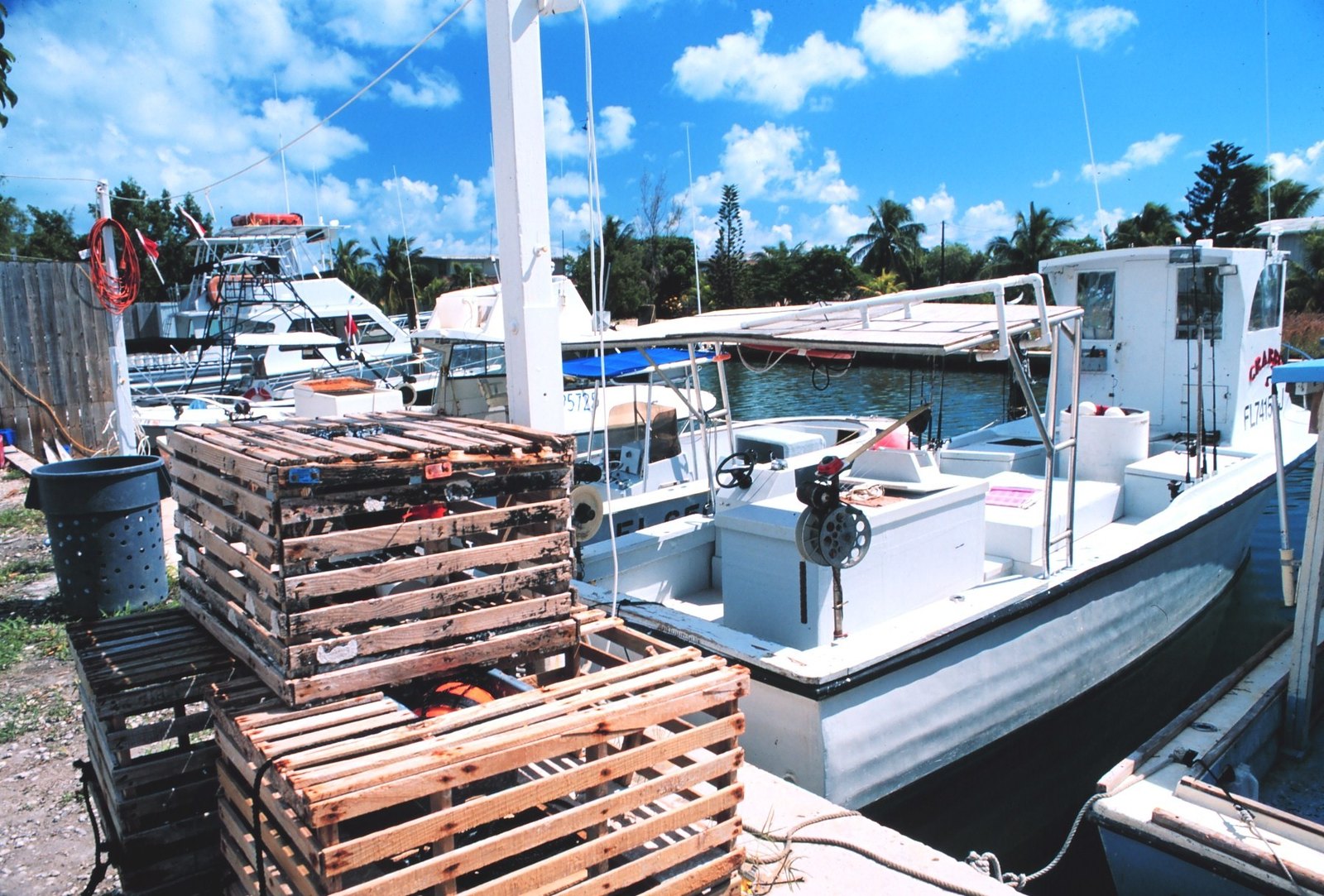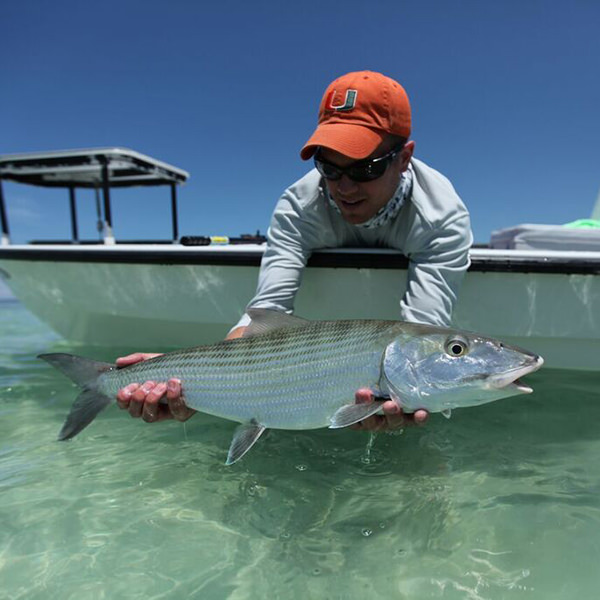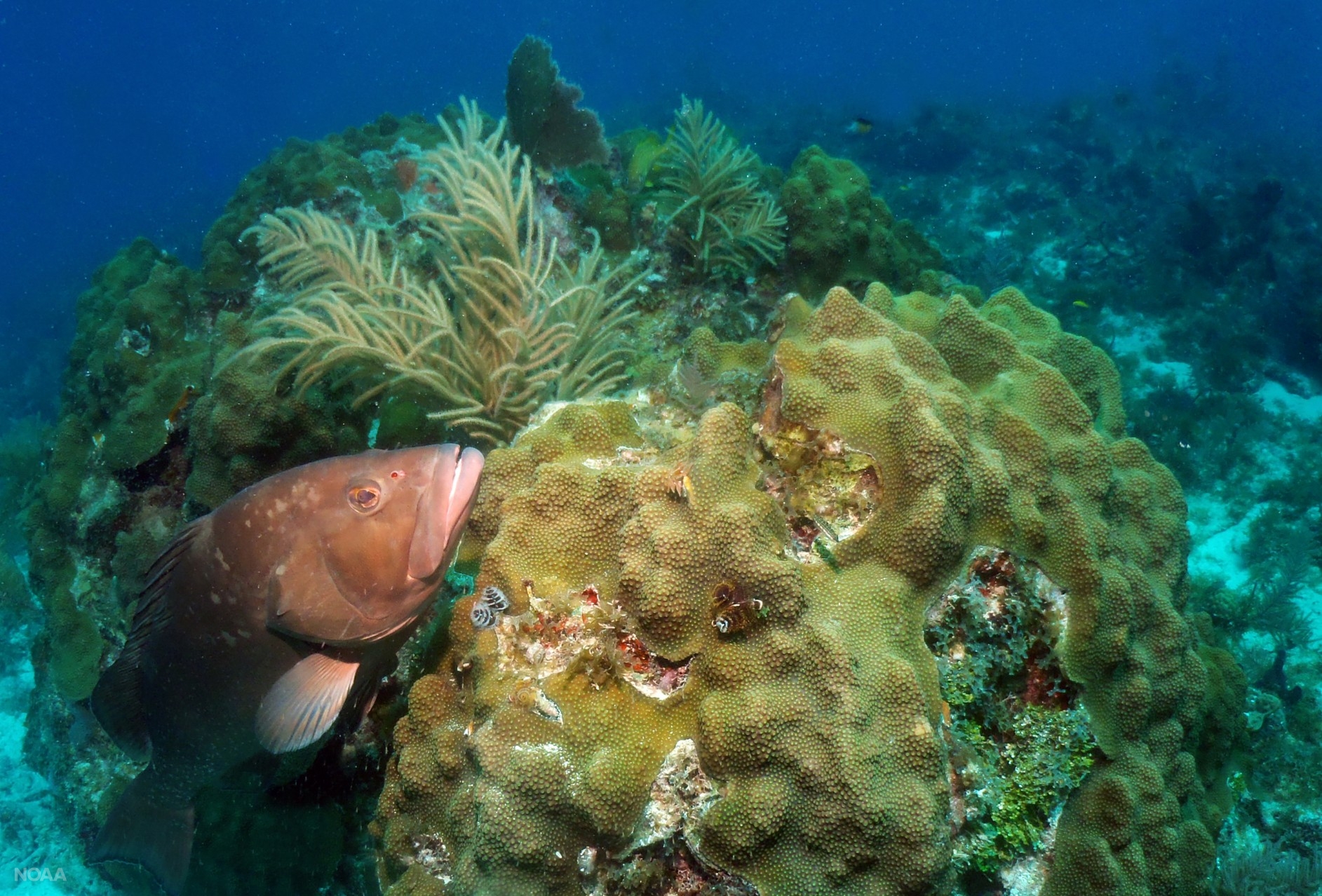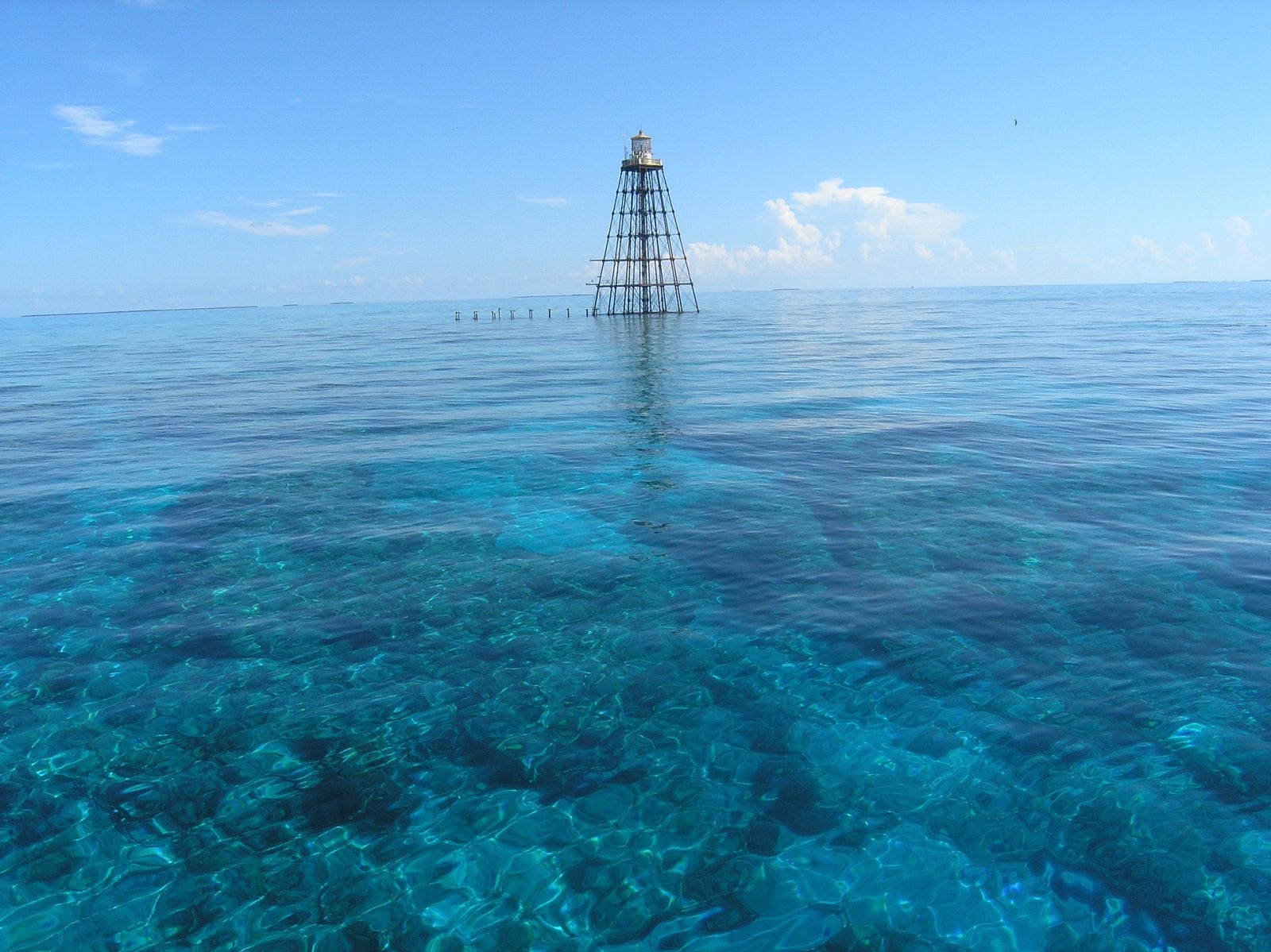RESIDENT POPULATION GROWTH
Resident population has increased in the Keys over the last century, but has leveled out since the 1980s. This driver puts pressure on the ecosystem, but level or decreasing population growth in turn changes the ecosystem services available and provided in the Keys.
